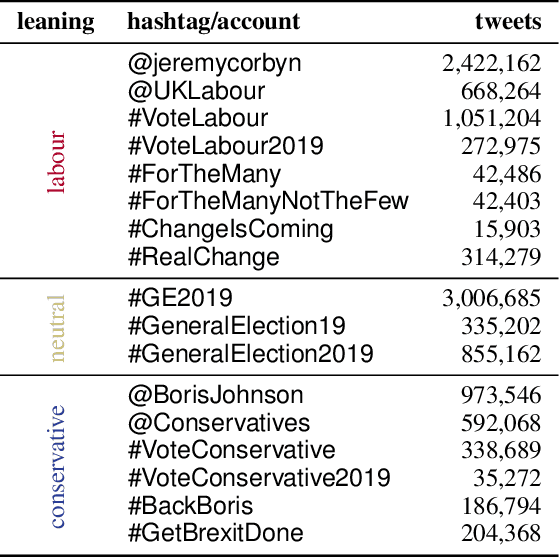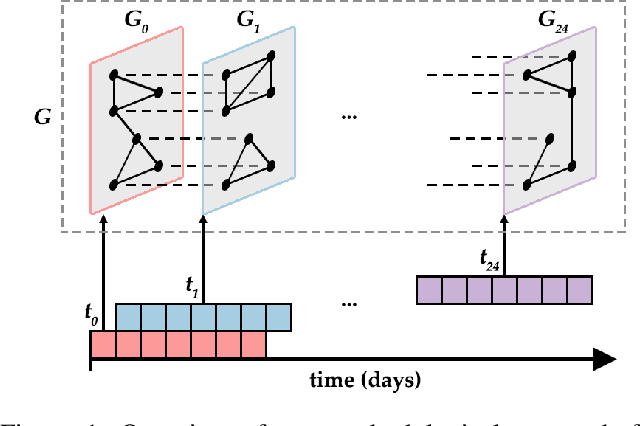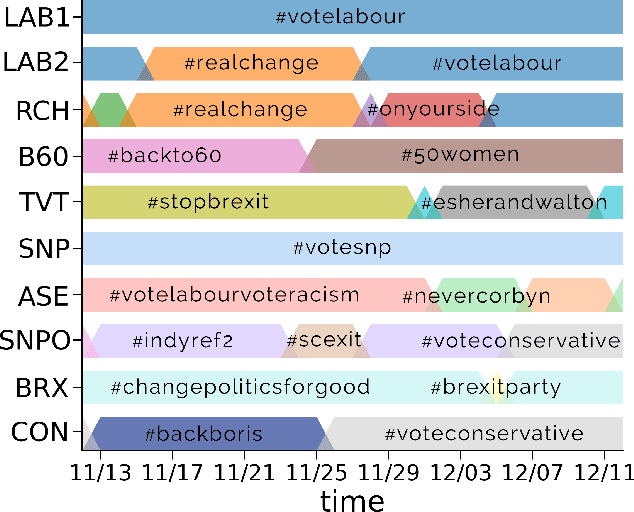Temporal Dynamics of Coordinated Online Behavior: Stability, Archetypes, and Influence
Paper and Code
Jan 17, 2023



Large-scale online campaigns, malicious or otherwise, require a significant degree of coordination among participants, which sparked interest in the study of coordinated online behavior. State-of-the-art methods for detecting coordinated behavior perform static analyses, disregarding the temporal dynamics of coordination. Here, we carry out the first dynamic analysis of coordinated behavior. To reach our goal we build a multiplex temporal network and we perform dynamic community detection to identify groups of users that exhibited coordinated behaviors in time. Thanks to our novel approach we find that: (i) coordinated communities feature variable degrees of temporal instability; (ii) dynamic analyses are needed to account for such instability, and results of static analyses can be unreliable and scarcely representative of unstable communities; (iii) some users exhibit distinct archetypal behaviors that have important practical implications; (iv) content and network characteristics contribute to explaining why users leave and join coordinated communities. Our results demonstrate the advantages of dynamic analyses and open up new directions of research on the unfolding of online debates, on the strategies of coordinated communities, and on the patterns of online influence.
 Add to Chrome
Add to Chrome Add to Firefox
Add to Firefox Add to Edge
Add to Edge